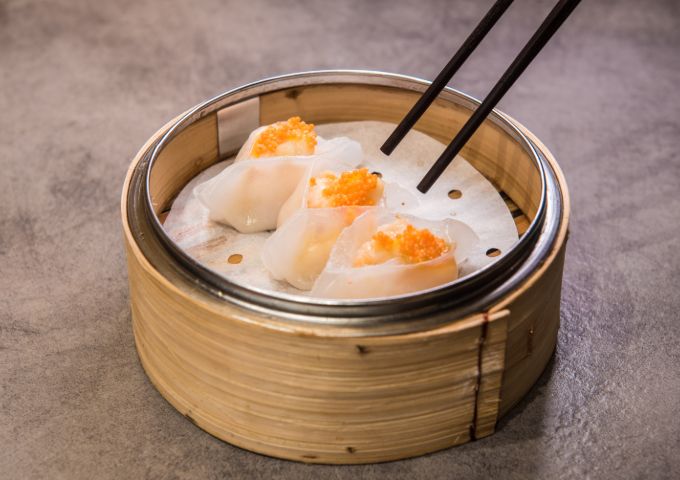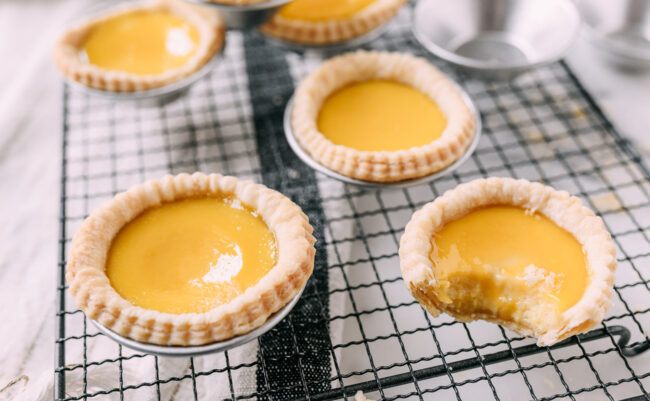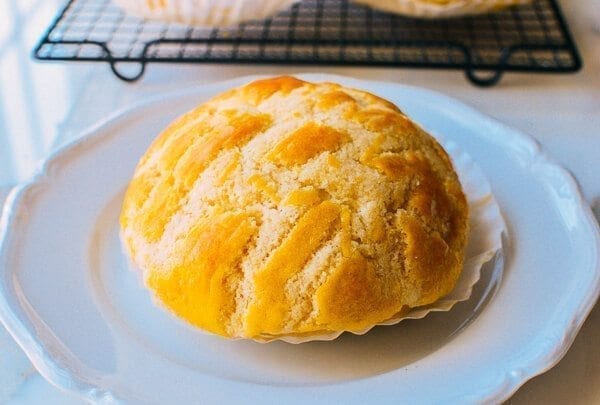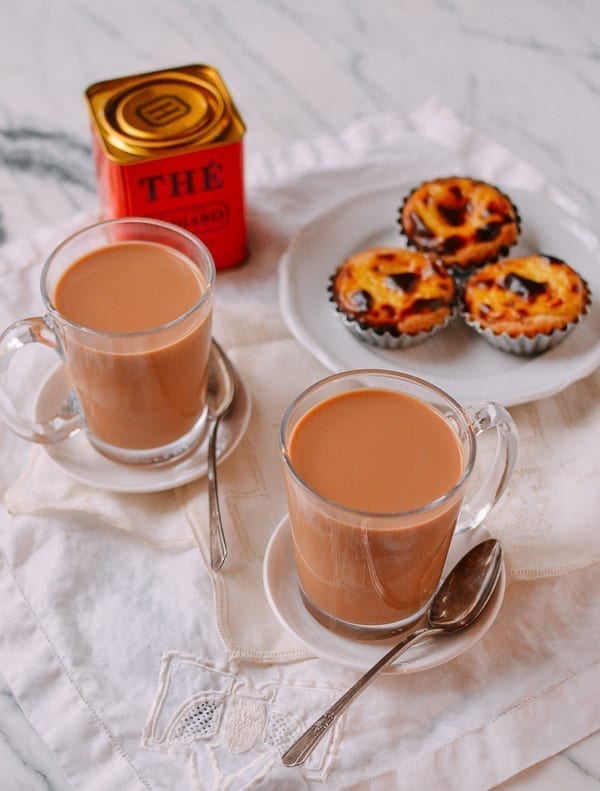At A Glance

NEIH HOU!
The following information have been carefully selected for your reference. Some resources may have bias perspectives. Please approach the SMU Libraries (library@smu.edu.sg ) should you have any doubts or need clarifications.
These videos show the distinct cultures, belief, values, and norms of Hong Kong.
Local Culture
-
Overall Cultural Life in Hong KongFind out more about the cultural life in Hong Kong.
-
Religions and Beliefs in Hong KongFind out more about the various religions in Hong Kong.
-
Percentage of Religions in Hong KongFind out the percentage of each religion in Hong Kong.
-
Ethnic Groups in Hong KongFind out more about the ethnic groups in Hong Kong.
-
Percentage of Ethnic Groups in Hong KongFind out the percentage of ethnic groups in Hong Kong.
-
Spoken LanguagesChinese and English are both official languages. Chinese, especially Cantonese in the spoken form, is the common language, however, and is almost universally understood.
-
DelicaciesExplore the many flavours Hong Kong has to offer.
-
Hong Kong Events & FestivalsFind out interesting local festive celebrations and events throughout the calendar year in Hong Kong.
Popular Sports
Football (Soccer), Dragon Boat Racing, Badminton, Horseracing, Swimming, Basketball, Cycling.
Bright neon signs in the ’80s and has been filling Hong Kong’s streets. After raising safety concerns, Hong Kong government started taking down signs that were in violation of the safety standards. This change ushered the end of Hong Kong city’s neon era that once shaped Hong Kong cityscape.
Delicacies

Dim Sum
Dim sum means ‘touch your heart’ and with as many as 150 items on a restaurant menu, and 2,000 in the entire range, it is a challenge to not find something you love. Steamed dishes dominate most dim sum menus, there are also snack-sized portions of pan-fried, deep-fried, and baked foods served in bamboo containers, which are designed to be eaten communally and washed down with tea. Hence, going for dim sum is known as yum cha, which literally means ‘drinking tea.’ Usually a brunch or lunch affair, it is a common form of family, co-worker and other group get-together.

Noodles and Congee
Noodles and congee (rice porridge) are often served under the same roof. Some of the more traditional restaurants that serve both will have two open kitchens flanking the entrance. One kitchen will be dedicated solely to making congee, the other to making noodles.
Congee ranges from the plain starchy variety to the lighter versions that include vegetables and meat and even hotpots in which the ingredients are cooked in a congee soup. The huge variety of noodles and congee available can be enjoyed 24 hours a day in the city. In fact, these are popular late night eats.
:format(webp)/cdn.vox-cdn.com/uploads/chorus_image/image/64921927/shutterstock_761158219.0.jpg)
Wife Cake
A bun filled with sweet winter melon paste. Legend has it that when the winter-melon puffs made by a woman in Guangdong province were highly praised in public, her husband proudly declared that they were his wife’s cakes. The name ‘wife cake’ stuck. In Hong Kong, back when the New Territories was a day trip away from the urban areas, it was de rigeur for visitors to Yuen Long to buy wife cakes to take home. Today, they can be easily purchased at Chinese bakery shops citywide.

Egg tarts
A pastry-crust filled with egg custard and baked. This popular Hong Kong snack probably originates from English custard cakes. Some are made with cookie dough while others have a flaky pastry.

Pineapple buns
Traditionally, pineapple bun contained no pineapple and earned its name because its chequered top resembles the skin of a pineapple. The top half of the bun is made from cookie-type dough, while the bottom is made from Chinese-style bread dough, which tends to be softer and sweeter than Western bread. Many vendors insert a cold pat of butter into a warm pineapple bun.

Barbecued goose
Seasoned goose, roasted in a charcoal oven until the meat is tender and the skin crispy, then sliced and served with plum sauce. Roast goose prepared in travel-safe packaging, known as ‘airplane roast goose’, is a popular souvenir.

Hong Kong-style Milk Tea
Chinese tea culture features strongly in Hong Kong but the local milk tea is a more recent concoction, having only come on the scene in the 1950s. Various blends of Sri Lankan black tea are infused with evaporated or condensed milk. It is called Stocking Milk Tea because it is percolated in a stocking-like filter. The brew is smooth and creamy in texture.
The local passion for this beverage cannot be understated: it drives the consumption of hundreds of millions cups of milk tea every year, has inspired competitions to find the best vendors and turned the beverage into an icon of Hong Kong’s food scene.
Videos
To celebrate the beauty and diversity of this traditional art form, Chinese opera veterans explain what makes each style so special and why Hong Kong continues to play an important role in their conservation and development.
Hong Kong property is the most expensive in the world. The monthly rent for low quality subdivided flats even smaller than a car park space can cost more than HK$4,000 or US$509, while public housing has a five and a half year long waiting list. Soaring rents, and inadequate public housing force the city’s poorest inhabitants living on a footbridge in Sham Shui Po, Hong Kong’s poorest district.

